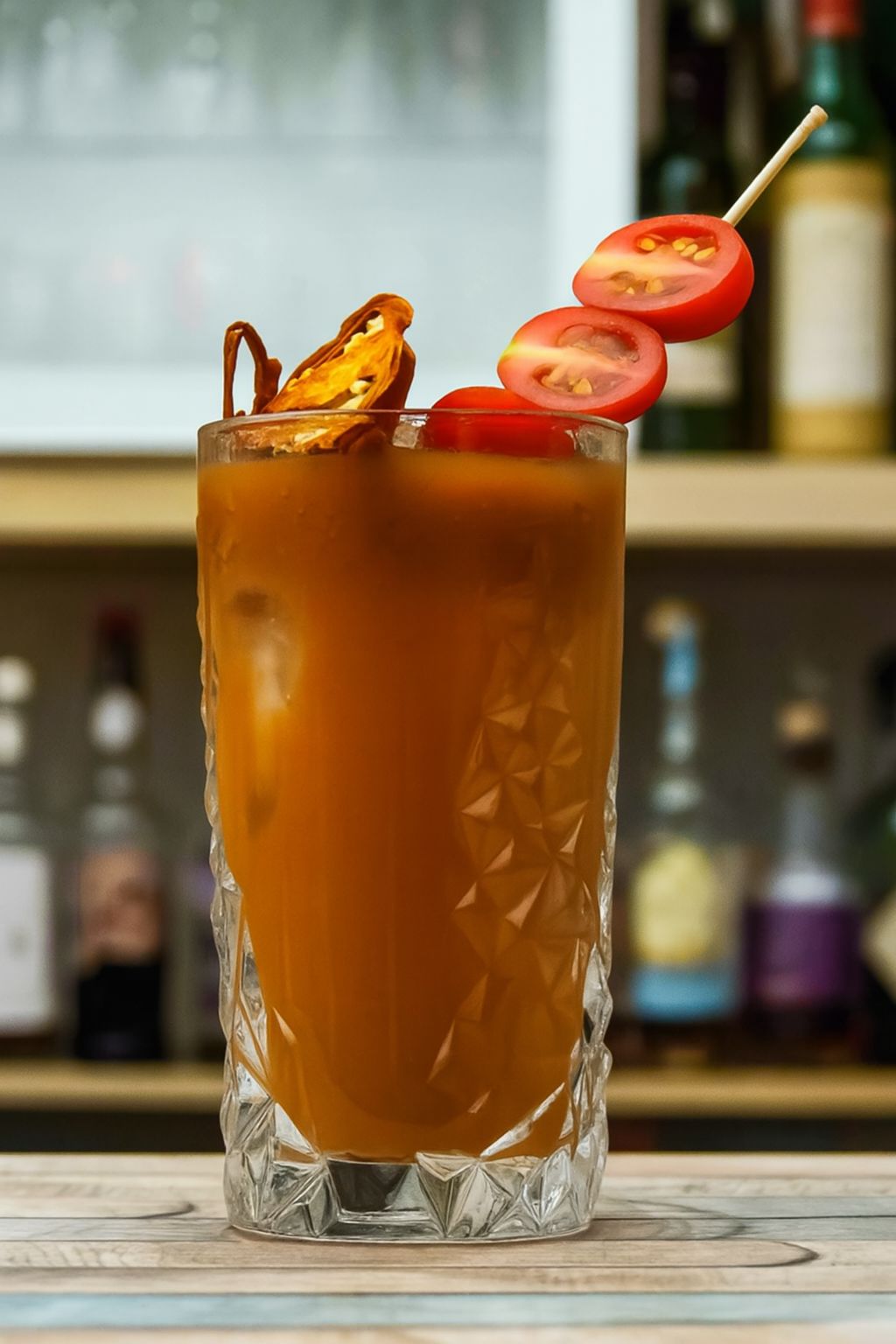A Culinary Takeover, Rooted in Ritual
It started with rasam, tangy, peppery, simmered in steel tumblers and served with love. Once a quiet comfort from Tamil kitchens, it’s now starring in brunch cocktails, being deconstructed in Michelin-starred restaurants, and going viral on TikTok.

In 2025, Tamil cuisine isn’t just gaining recognition, it’s leading a movement. With restaurants like Semma in New York City earning prestigious accolades and diaspora chefs blending tradition with invention, this isn’t a passing trend.
It’s a long-overdue spotlight on a cuisine rooted in memory, mastery, and unapologetic spice.
At the heart of Tamil cooking is also a beautiful idea known as arusuvai, the six essential tastes. Each one is like a note in a raga, part of a greater harmony. There’s sweet (inippu) for comfort, sour (pulippu) for energy, salty (uppu) for grounding, bitter (kasappu) for cleansing, pungent (kaarppu) for heat and focus, and astringent (thuvarppu) for tone and lightness.
A proper Tamil meal will almost always include all six. Not out of tradition alone, but because it just feels right. When you eat this way, you’re not just feeding the body, you’re restoring a rhythm within yourself. Food becomes philosophy. Taste becomes memory.
Tamil food has always been more than delicious, it’s designed to heal. Every meal is a careful choreography of taste, texture, and intention. Drawing from Siddha and Ayurvedic principles, traditional Tamil cuisine isn’t about excess. It’s about balance.
Take a simple plate: sambar, rasam, rice, vegetables, and buttermilk. It might look humble, but it’s a complete system. Sambar, with its slow-cooked lentils and spices, brings a sense of grounding, what ancient philosophy calls tamas. Rasam, sharp and fiery, activates energy, or rajas. And buttermilk? It cools and restores, channeling sattva, the state of clarity and calm. These energies aren’t just poetic concepts, they show up in how the food makes you feel.
Must-Try Recipes:
Rasam (Tamarind Pepper Soup | The Ultimate Comfort Elixir):
Dissolve 1 tbsp tamarind paste in 4 cups of water
Add chopped tomatoes, garlic, coriander, cumin, and crushed pepper
Simmer until aromatic
Tadka with mustard seeds, curry leaves, and chilies in ghee
Warm, healing, and nostalgic, it’s soup, prayer, and home in one.
Rasam Bloody Mary (Tamil x Brunch Culture):
The Twist: Rasam meets vodka in this bold, brunch-worthy remix. Spicy, tangy, and rimmed with rasam podi salt, it’s the cocktail of our diaspora dreams.
Mix It Like This:
Blend tomato juice, tamarind water, rasam powder, crushed pepper, and a splash of lime.
Add black pepper-infused vodka and ice.
Shake well, strain, garnish with a crispy mini vadai and curry leaf.

Chicken 65 (Fiery Fried Bites | Street Heat Goes Gourmet):
Marinate 1 lb chicken in yogurt, ginger-garlic, chili powder, and garam masala for an hour.
Fry golden, then toss with curry leaves, chilies, and soy.
Chicken 65 Bao (Tamil x Taiwanese):

The Twist: Take Tamil Nadu’s favorite fiery bar snack, Chicken 65 and fold it into a cloud-soft bao. Crisp, crimson-fried chicken layered with curry leaf aioli and pickled cucumber. It's juicy, spicy, and insanely addictive.
The Classic Filter Coffee
Not a drink. An architecture. First comes the decoction, dark, dense, unapologetic. Then the swirl of hot milk. The pour from height. The creamy top froth (ner). The scent that fills the house before the sun does. Filter coffee isn’t just caffeination. It’s meditation.
Where it lives: Every Tamil kitchen, from Madurai to Mountain View
How to Brew It:
Add ground coffee to a filter press
Pour hot water and let it drip slowly
Heat fresh milk (don’t boil)
Mix decoction and milk to taste
Add sugar
Pour between dabarah and tumbler until the foam rises
Sip slowly. With silence or a story. Never on the go.
Tamil Food’s Hottest Names
Every movement needs its maestros. Tamil cuisine’s rise is powered by chefs and creators rewriting what tradition can taste like.
Chef Vijay Kumar, Semma (NYC): Michelin star. James Beard award. New York Times acclaim. His Chettinad-forward menu is redefining South Indian fine dining.
Rasika Venkatesa, Mythily (brooklyn), reimagines Tamil cuisine through heritage, sustainability, and a playful, deeply rooted culinary lens shaped by her travels across Tamil Nadu.
Tharshan Selvarajah, Paris: Bread meets bhakti. His heritage-inspired baguettes have earned spots on elite tables and global media.
Loved this? There’s more brewing every week. ☕
Disclaimer: This article offers an enthusiastic and largely accurate portrayal of Tamil cuisine’s rising influence. Readers should note that its impact in the U.S. remains emerging and is currently most visible in major cities and select upscale dining spaces.

